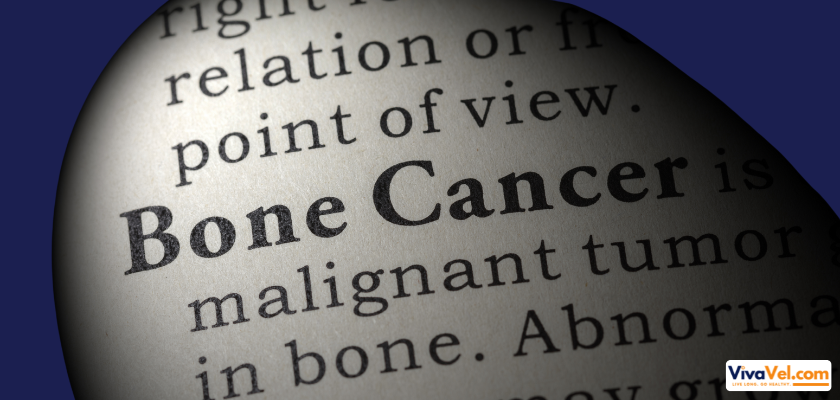Bone cancer is a rare but serious condition that affects the bones, leading to pain, fractures, and other complications. Although it can occur at any age, it is more common in children, teenagers, and older adults. Understanding its symptoms, causes, and available treatment options can help in early detection and better outcomes.
What is Bone Cancer?
Bone cancer occurs when abnormal cells grow uncontrollably in the bone tissue. It can be primary bone cancer, which originates in the bone, or secondary bone cancer, which spreads to the bone from another part of the body (metastatic cancer). The most common types of primary bone cancer include:
Osteosarcoma typically affects young adults and children and often occurs in the long bones.
Ewing Sarcoma – Affects children and young adults, usually forming in bones of the pelvis, legs, or arms.
Chondrosarcoma – Common in adults, it develops in cartilage cells.
Chordoma – A slow-growing cancer found in the spine and base of the skull.
Symptoms of Bone Cancer
Bone cancer symptoms may vary depending on the location and stage of the disease. The most common signs include:
Persistent bone pain that worsens over time and is not relieved by rest.
Swelling or lumps in the affected area.
Fractures occur with minimal or no trauma.
Restricted movement if the cancer affects joints.
Fatigue and unintended weight loss in advanced stages.
If these symptoms persist, seeking medical attention is crucial for an accurate diagnosis.
Causes and Risk Factors
The exact cause of bone cancer is unclear, but certain risk factors may increase the likelihood of developing it:
Genetic Disorders – Conditions like Li-Fraumeni syndrome and hereditary retinoblastoma can increase risk.
Radiation Exposure – High-dose radiation therapy for other cancers may lead to bone cancer.
Paget’s Disease of Bone – A condition affecting bone remodeling, common in older adults.
Previous Cancer Treatments – Some chemotherapy drugs may contribute to the development of bone cancer.
Family History – Having a close relative with bone cancer may slightly increase the risk.
Diagnosis of Bone Cancer
Early detection is essential for effective treatment. Doctors use several methods to diagnose bone cancer:
X-rays – To identify abnormal bone structures or growths.
MRI and CT Scans – To determine the extent of the tumor and its spread.
Bone Biopsy – A sample of the affected tissue is examined under a microscope to confirm the cancer type.
Bone Scintigraphy (Bone Scan) – Detects bone abnormalities using a radioactive tracer.
Treatment Options
Treatment for bone cancer depends on its type, stage, and location. Common treatment approaches include:
Surgery
Surgical removal of the tumor is the primary treatment. In some cases, limb-sparing surgery can remove the cancer without amputation. However, in advanced cases, amputation may be necessary to prevent the spread of cancer.
Chemotherapy
Chemotherapy uses powerful drugs to destroy cancer cells. It is commonly used for osteosarcoma and Ewing sarcoma to shrink tumors before surgery or eliminate remaining cancer cells afterward.
Radiation Therapy
High-energy radiation targets and kills cancer cells. It is especially effective for Ewing sarcoma and chondrosarcoma, mainly when surgery isn’t an option.
Targeted Therapy & Immunotherapy
Advanced treatments like targeted therapy and immunotherapy help block specific molecules responsible for cancer growth or boost the immune system to fight cancer more effectively.
Preventing Bone Cancer
While bone cancer cannot always be prevented, certain lifestyle choices and precautions can help lower risk:
Avoid excessive radiation exposure unless medically necessary.
Stay physically active and maintain bone health with a calcium-rich diet.
Monitor genetic risks if there is a family history of bone cancer.
Seek medical attention for persistent bone pain or unusual swelling.
Final Thought:
Bone cancer is a challenging condition, but early detection and advanced treatment options have improved survival rates. Understanding the symptoms, causes, and treatment possibilities empowers individuals to seek timely medical care. Raising awareness about bone cancer can help improve outcomes and offer hope to those affected by this disease.
Help Spread Awareness!
Share this blog with your family and friends to learn about Brain cancer prevention and early detection.
With VivaVel, stay informed and stay healthy!






















